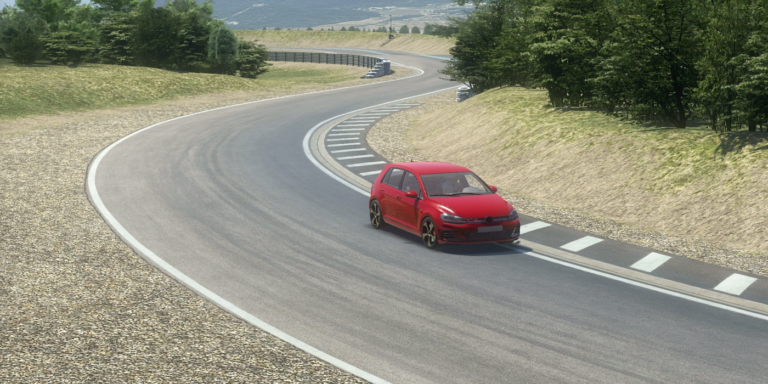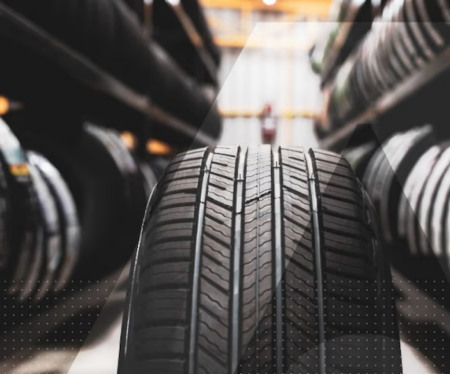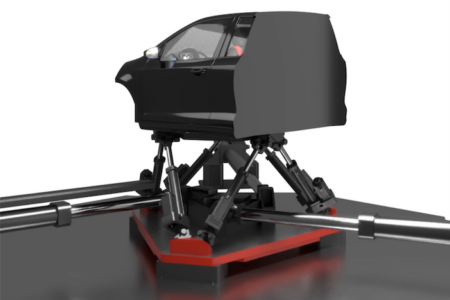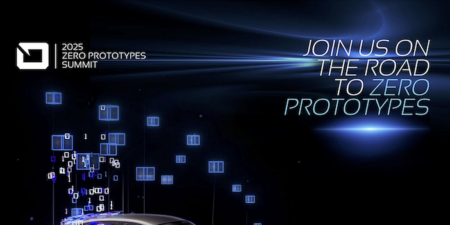An accurate, engineering-grade virtual model of Applus IDIADA’s proving ground has been developed to enable OEMs to accelerate and improve their vehicle development processes. The model, created by driving simulation software specialist, rFpro, enables automotive systems and vehicles to be evaluated in a realistic virtual environment both before and after physical prototypes are available for validation on the track. Virtual models can speed-up development times and reduce the associated costs, as well as enhancing programme safety.
The first element of the Applus IDIADA proving ground to become available is the Dry Handling Circuit, which will be followed by the High Speed Circuit later in September, with the General Road Circuit due for release by the end of the year.
“From our experience supporting many of the world’s leading professional motorsport teams, we see the value of simulation in terms of vehicle dynamic performance. In the wider automotive world, the ride and handling feel of a car is more important than out and out lap times, but the use of simulation is just as relevant,” stated Peter Daley, managing director of rFpro.
“For ADAS and autonomous driving systems, virtual simulation has a vital role to play in exposing systems to the massive range and volume of scenarios which could be encountered on the road. In all cases, it is essential that virtual simulations are validated against real-world results.”
rFpro’s engineers worked to ensure the simulation correlates accurately with the real-world proving ground, with a key enabler being its TerrainServer software, which enables a high-definition road surface to be simulated and delivered to each wheel of the vehicle independently. High-accuracy laser-scanning survey data and a volumetric tyre-road interaction were used to capture the detailed surface information that can be missed by point-based sampling methods. According to the company the TerrainServer models correlate with the actual road surfaces used during ‘real world’ testing with an accuracy of around 1mm in Z (height) at a resolution of 1cm in X and Y (position).
“The road surface modelling is so accurate and the correlation between simulation and the real world so good that we are able to extend the use of digital models into vehicle dynamics applications,” explained Sebastien Hoppenot, a test driver at Applus IDIADA. “The dry-handling circuit is a great combination of long, quick corners, medium-speed chicanes and undulating turns, which is accurately brought to life in the simulator. It is the perfect place to assess aspects of vehicle dynamics, such as understeer/oversteer balance, steering feedback, rear axle stability and yaw damping.”
Complementing the high-fidelity surface modelling, rFpro also uses “exceptionally high quality”, realistic graphics rendering, up to 32bit HDR, which is important for driver immersion, as well as for the training, testing and validation of deep-learning based ADAS and autonomous systems.
Even the lighting has been modelled accurately for Applus IDIADA’s latitude and longitude, and will adjust automatically according to user-defined settings for the day of the year, time of day, atmospheric and weather conditions. Circumstances, such as the transition between poorly-lit and well-lit areas, the effect of the sun low in the sky or the approaching headlights of oncoming vehicles, are all faithfully reproduced.
“By investing in highly accurate digital models, we can become an integrated part of our customers’ software development tool-chain,” stated Javier Gutierrez, Applus IDIADA’s product coordinator for vehicle dynamics and digital environments. “It helps to reduce development and validation time, and also to make the most of their time spent at our track here in Spain. With a consistent climate and a challenging array of circuits, IDIADA is an ideal location to develop chassis dynamics and other vehicle technologies.”





